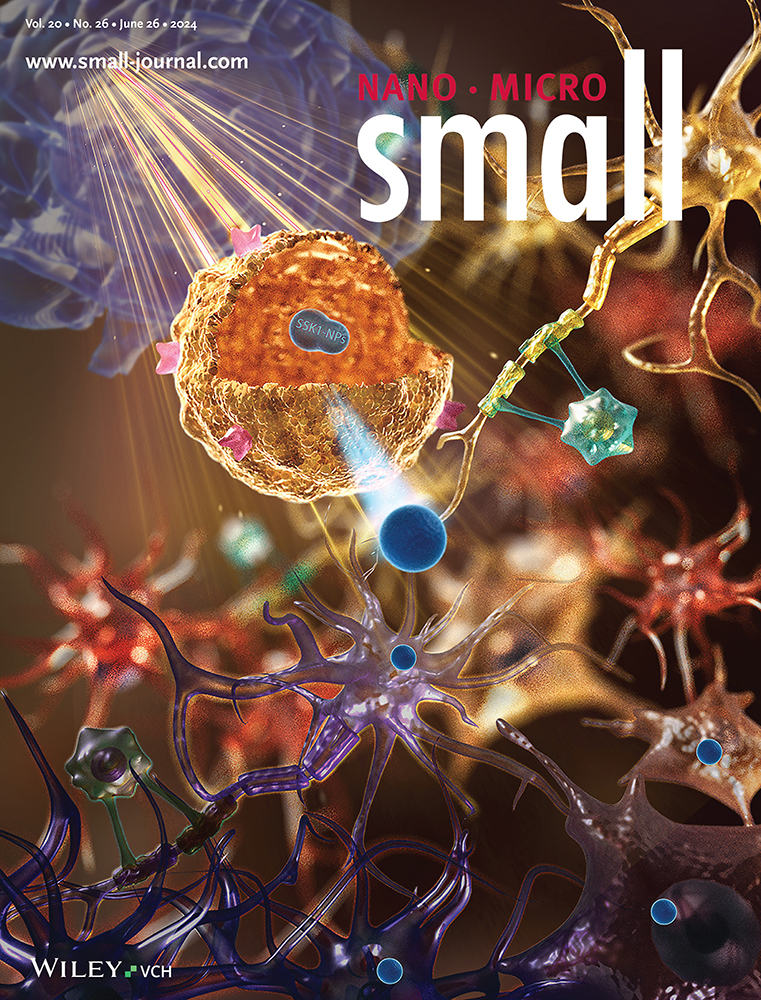Self-Assembled Preparation of Porous Nickel Phosphide Superparticles with Tunable Phase and Porosity for Efficient Hydrogen Evolution
Abstract
Self-assembly of colloidal nanoparticles enables the easy building of assembly units into higher-order structures and the bottom-up preparation of functional materials. Nickel phosphides represent an important group of catalysts for hydrogen evolution reaction (HER) from water splitting. In this paper, the preparation of porous nickel phosphide superparticles and their HER efficiencies are reported. Ni and Ni2P nanoparticles are self-assembled into binary superparticles via an oil-in-water emulsion method. After annealing and acid etching, the as-prepared Ni-Ni2P binary superparticles change into porous nickel phosphide superparticles. The porosity and crystalline phase of the superparticles can be tuned by adjusting the ratio of Ni and Ni2P nanoparticles. The resulting porous superparticles are effective in driving HER under acidic conditions, and the modulation of porosity and phase further optimize the electrochemical performance. The prepared Ni3P porous superparticles not only possess a significantly enhanced specific surface area compared to solid Ni-Ni2P superparticles but also exhibit an excellent HER efficiency. The calculations based on the density functional theories show that the (110) crystal facet exhibits a relatively lower Gibbs free energy of hydrogen adsorption. This work provides a self-assembly approach for the construction of porous metal phosphide nanomaterials with tunable crystalline phase and porosity.
Conflict of Interest
The authors declare no conflict of interest.
Open Research
Data Availability Statement
The data that support the findings of this study are available from the corresponding author upon reasonable request.




